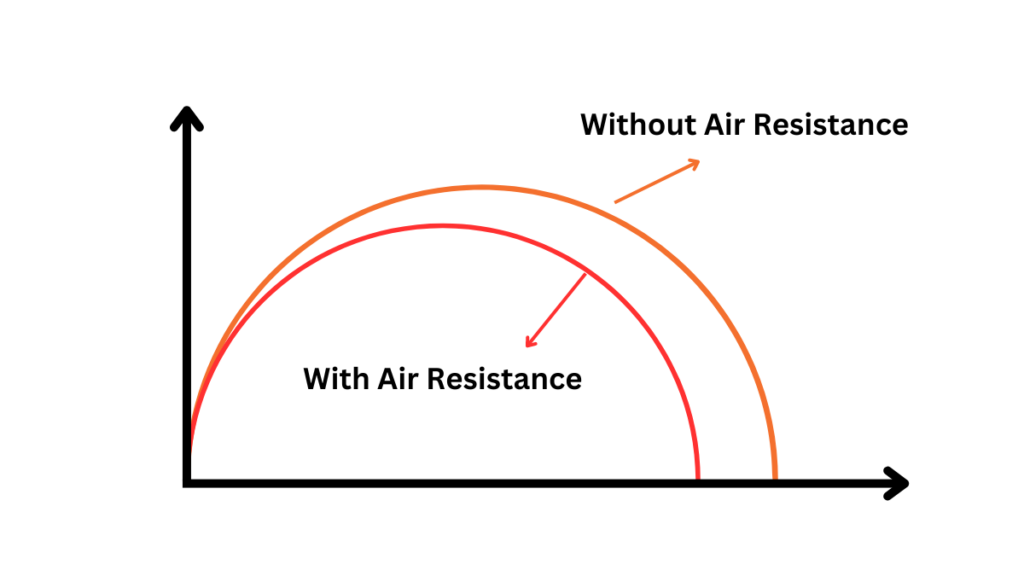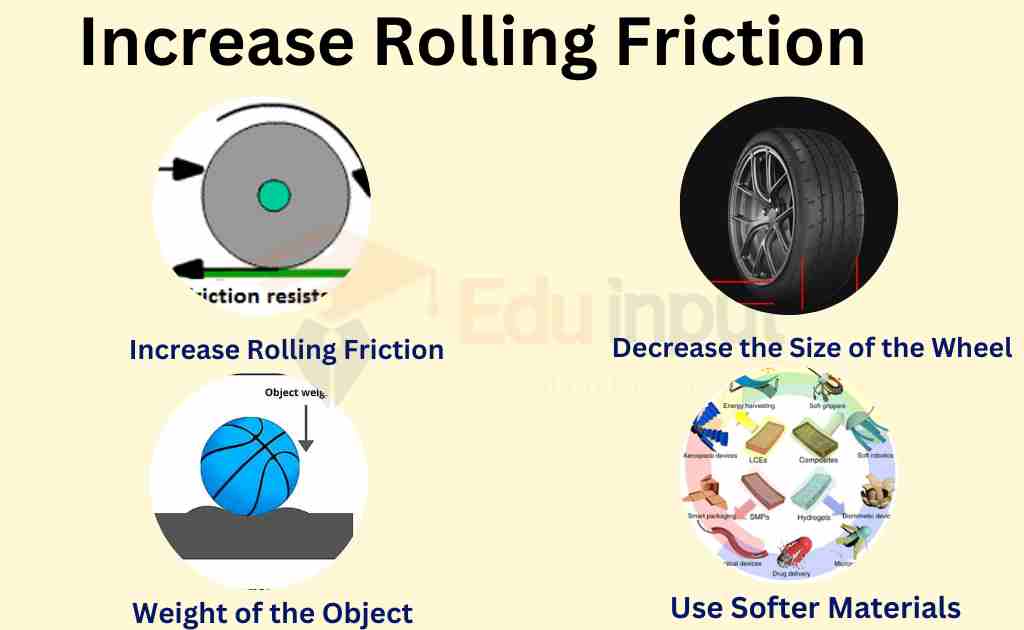How Does Air Resistance Affect Projectile Motion?
Air resistance can significantly affect the trajectory of a projectile. As a projectile moves through the air, it experiences a force known as air resistance or drag. This force opposes the motion of the projectile, slowing it down and altering its path. The magnitude of air resistance depends on the speed and surface area of the projectile.

In the absence of air resistance, the projectile would follow a parabolic trajectory. However, air resistance always opposes the motion of the projectile, and this can significantly affect its trajectory.
The amount of air resistance that a projectile experiences depends on its size, shape, and speed. Larger objects experience more air resistance than smaller objects, and more streamlined objects experience less air resistance than less streamlined objects.
The speed of the projectile also affects the amount of air resistance it experiences. As the speed of the projectile increases, the amount of air resistance it experiences also increases.
How Does Air Resistance Affect Projectile Motion?
The effects of air resistance on projectile motion can be summarized as follows:
- Reduces the range of the projectile. Air resistance slows down the projectile, which reduces the distance it can travel before it hits the ground.
- Increases the time of flight of the projectile. Air resistance also slows down the vertical motion of the projectile, which increases the amount of time it spends in the air.
- Changes the shape of the trajectory. Air resistance causes the projectile to follow a flatter trajectory than it would in the absence of air resistance.
- Makes the projectile land sooner. Air resistance causes the projectile to lose energy, which means it will land sooner than it would in the absence of air resistance.
The effects of air resistance on projectile motion can be significant, especially for objects that are small or that are moving at high speeds. In many cases, it is important to take air resistance into account when calculating the trajectory of a projectile.
Examples of how air resistance affects projectile
Here are some examples of how air resistance affects projectile motion:
- A football thrown through the air will travel farther if there is no wind.
- A bullet fired from a gun will travel farther if it is fired in a vacuum.
- A skydiver will reach the ground sooner if they open their parachute.
- A frisbee will not fly as far if it is thrown into a strong wind.

 written by
written by 




Leave a Reply